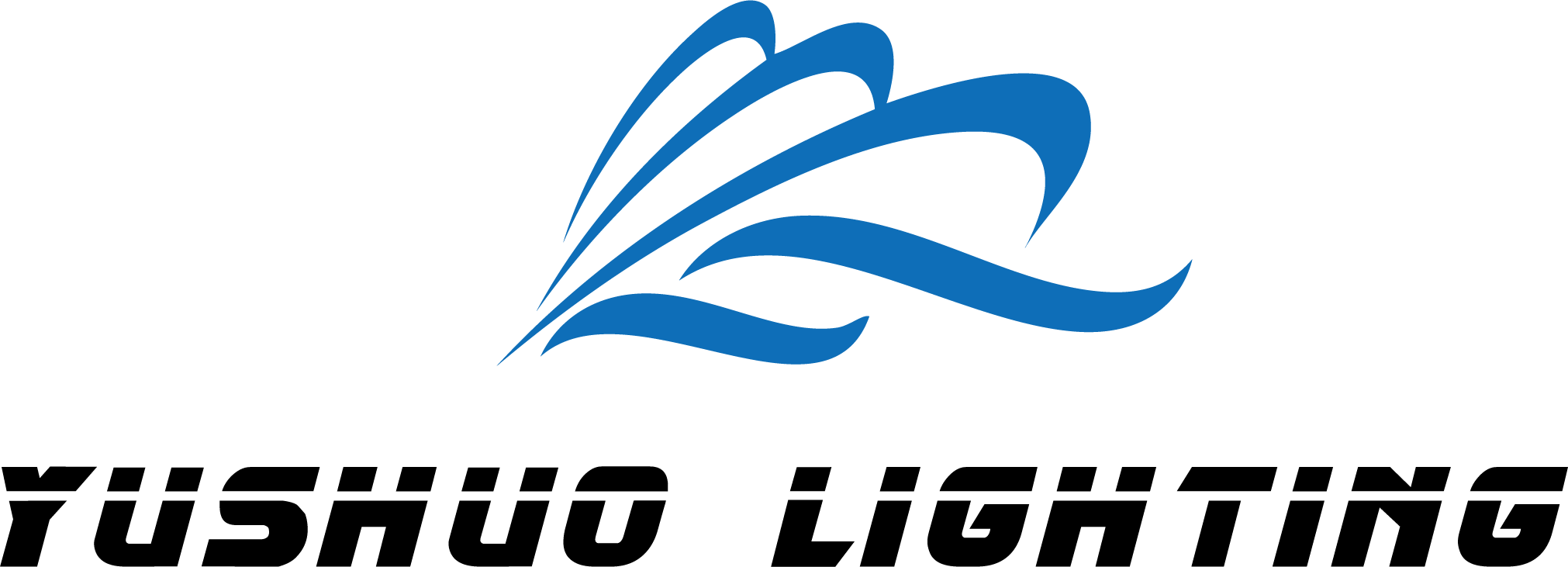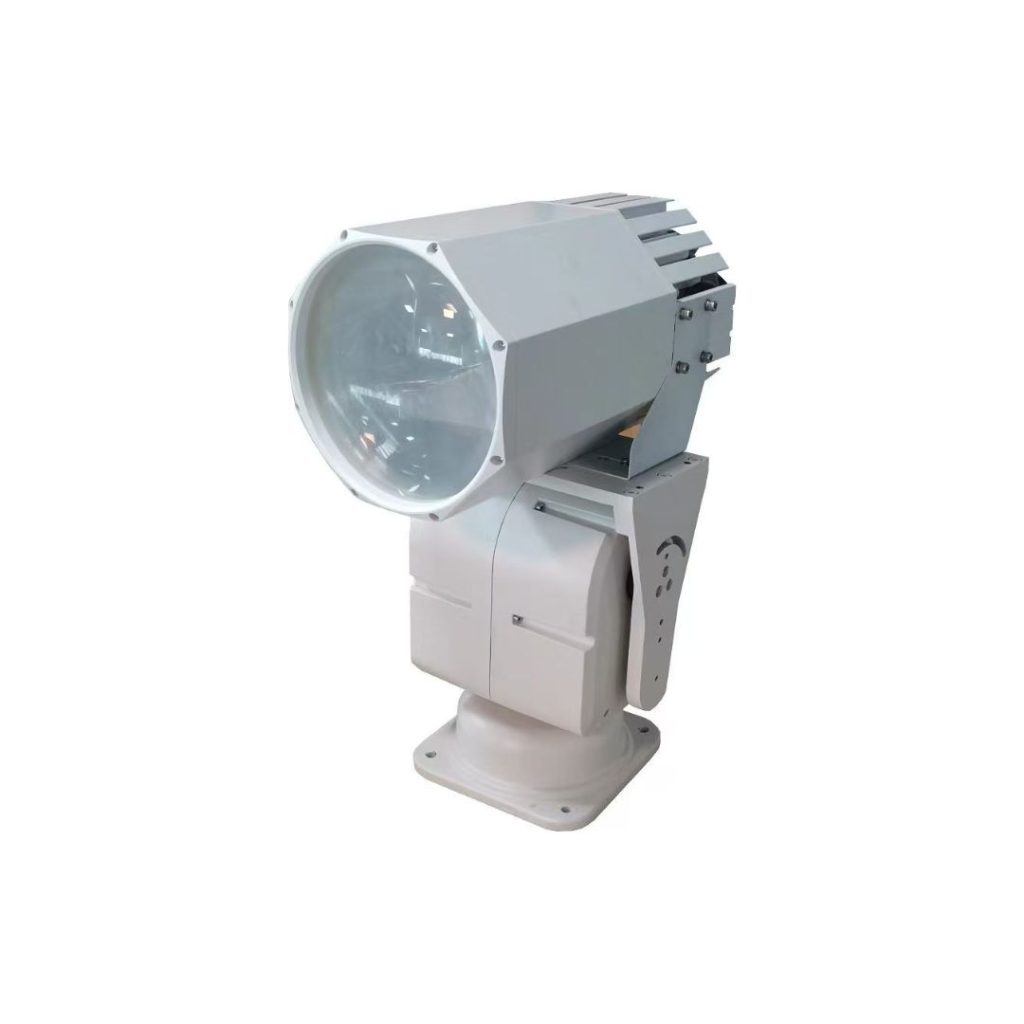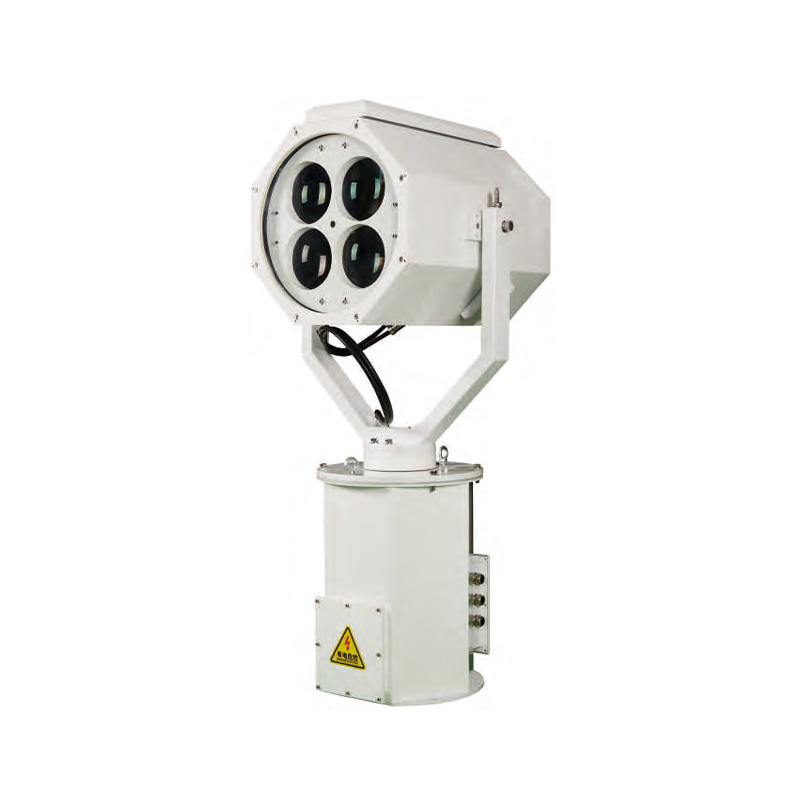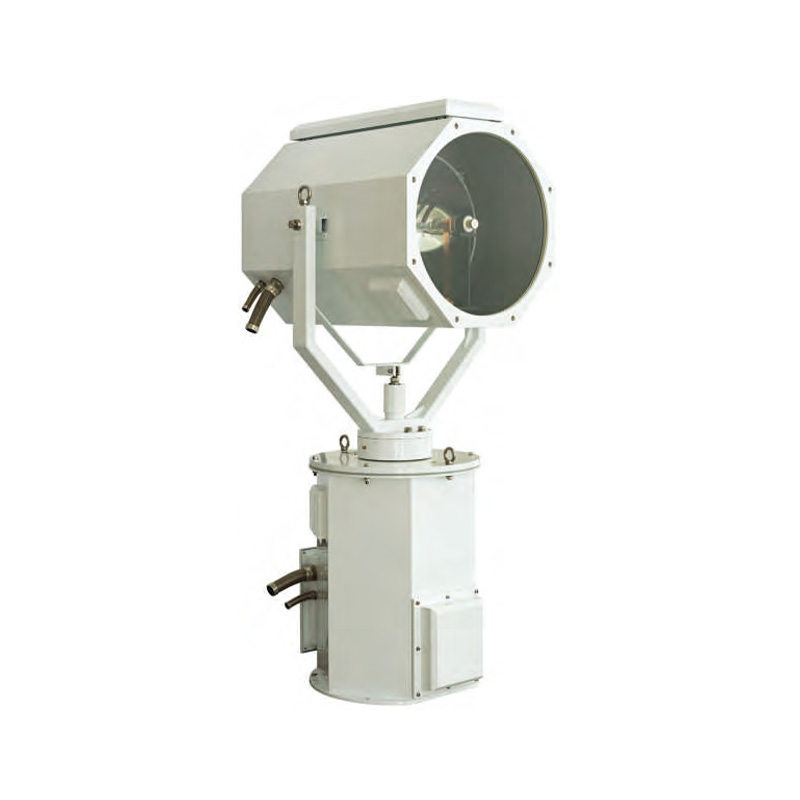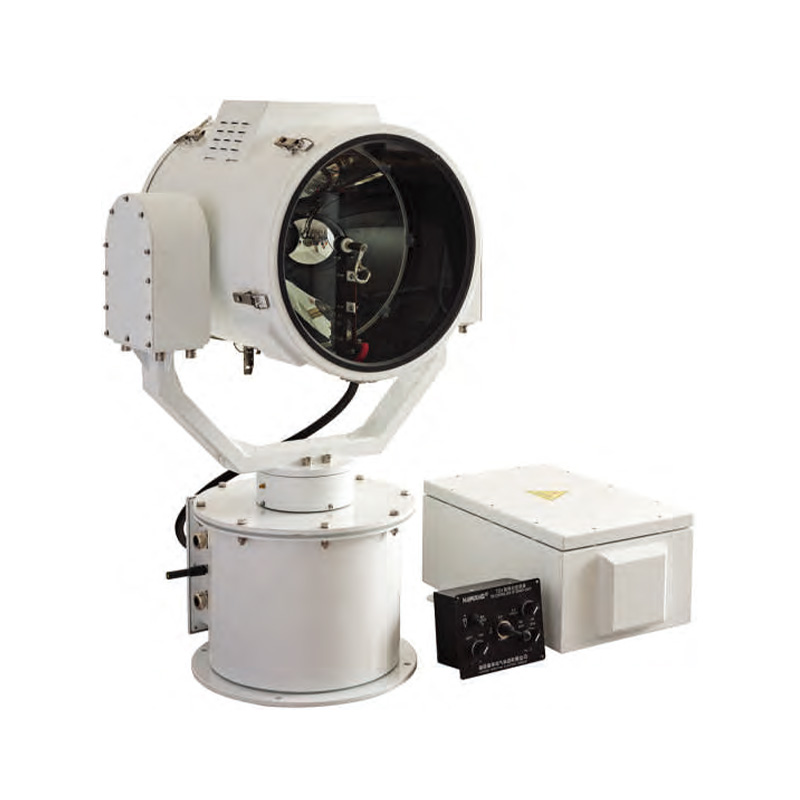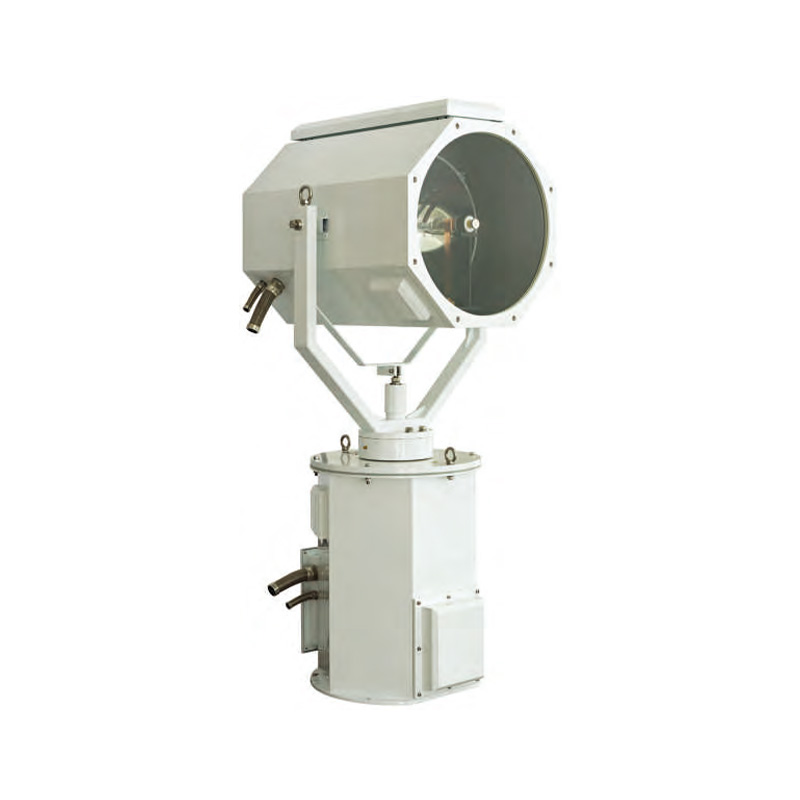The Power of Remote Control and Automation in Marine Searchlights
Table of Contents
With the advancement of technology, traditional marine searchlights have evolved significantly through the incorporation of remote control and automation. These enhancements allow for better control, increased safety and more effective search and rescue operations. This article explores the applications, advantages and future potential of remote control and automation in marine searchlights.
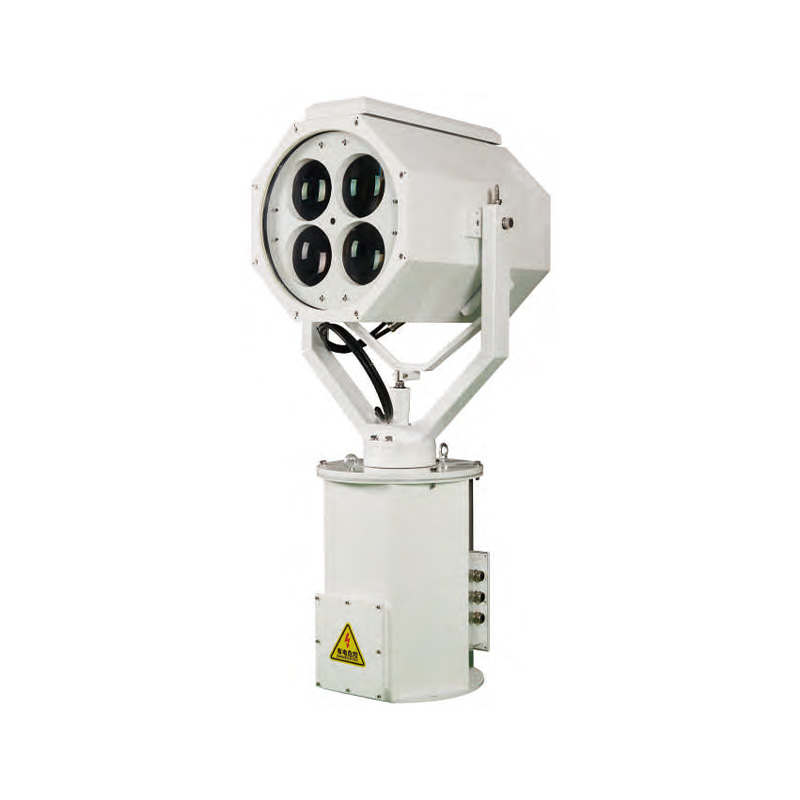
The Need for Remote Control and Automation in Marine Searchlights
Navigating through open waters, especially under low visibility conditions such as fog, heavy rain, or at night, poses significant challenges. Marine searchlights are essential for illuminating potential hazards, aiding in search and rescue operations, and enhancing overall situational awareness. However, manually operated search lights can be limiting, particularly in rough weather or emergency scenarios where the operator’s safety and the vessel’s response time are paramount. The evolution towards remote and automated systems has addressed these limitations by offering improved maneuverability and safety.
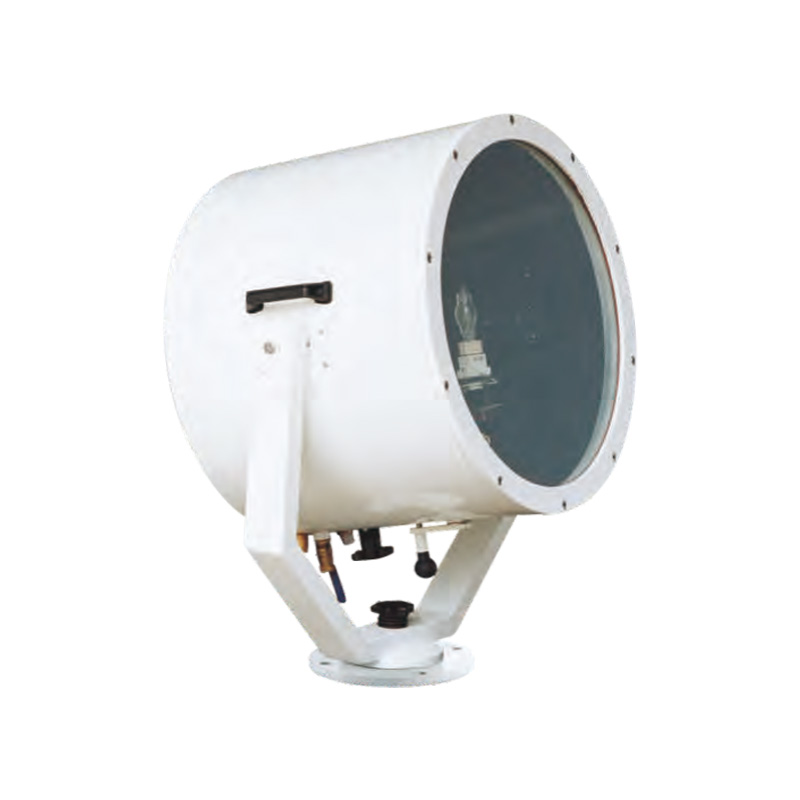
How Remote Control Enhances Marine Searchlight Operations
1. Enhanced Safety for Crew Members
One of the most significant benefits of remote control in marine search lights is the increased safety for crew members. Traditional searchlight systems often required operators to be positioned on deck or exposed areas of the vessel, which could be dangerous in harsh weather or rough sea conditions. Remote-controlled searchlights allow operators to control the light from within protected and climate-controlled areas, such as the bridge, ensuring that they remain safe while maintaining full operational capability.
- Reduced Exposure: Operators no longer need to venture out in potentially hazardous environments to adjust or operate the searchlights.
- Improved Safety Protocols: Remote operation can be seamlessly integrated into emergency response procedures, allowing the crew to act quickly and efficiently.
2. Precision and Responsiveness
Remote-controlled LED marine searchlights allow for precise, rapid adjustments in real-time, which is vital during navigational maneuvers, emergency responses, or search and rescue missions. The ability to fine-tune the marine searchlight’s beam direction, focus, and intensity from a remote location enhances the vessel’s operational capabilities:
- Swift Adjustments: Operators can make quick changes to the beam angle and movement to respond to sudden obstacles or changes in the search area.
- Improved Target Illumination: Remote control systems allow for smoother and more accurate positioning, making it easier to illuminate targets or areas that require attention.
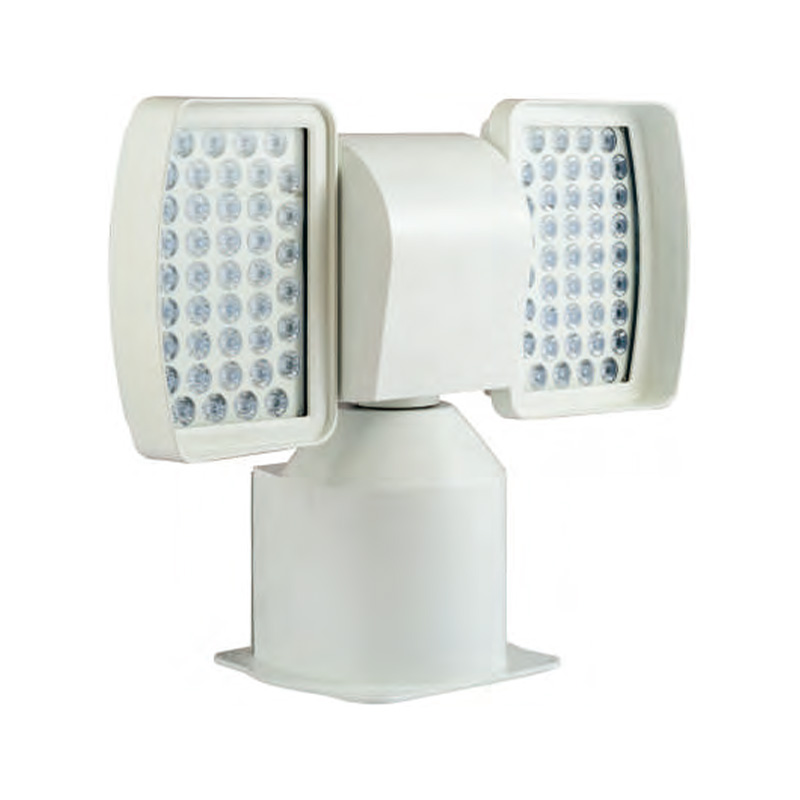
3. User-Friendly Control Interfaces
Remote-controlled wireless marine search lights are typically equipped with modern, intuitive control systems that make operation straightforward. Common types of control interfaces include:
- Joysticks: These provide responsive, tactile feedback and enable precise beam movement for tracking and scanning.
- Touchscreens: Advanced searchlight systems may include touchscreens with integrated software for easy management of light settings, patterns, and positioning.
- Mobile and Wireless Controls: Some systems offer the ability to operate searchlights using mobile applications, allowing crew members to control the lights from various locations on the vessel.
These interfaces enhance user interaction, reduce training time, and enable even less experienced crew members to operate the searchlight effectively.
4. Improved Efficiency and Coordination
Remote control technology enhances the overall efficiency of vessel operations by allowing searchlights to be managed from multiple locations. This multi-point access can be especially beneficial during complex operations, where coordination among different teams is essential.
- Centralized Operation: Multiple search lights on a vessel can be controlled from a single station, streamlining operations and improving workflow.
- Collaborative Efforts: Different crew members can coordinate the use of searchlights without having to move to external control points, enhancing teamwork and situational response.
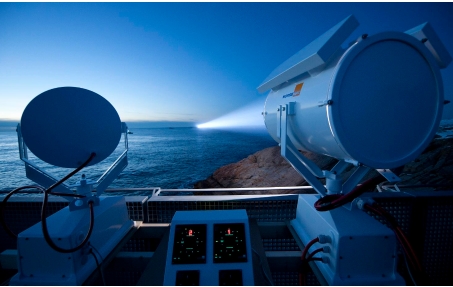
5. Enhanced Versatility and Customization
Remote-controlled LED wireless searchlights offer the ability to customize operations according to specific needs. Users can program movement patterns, pre-set beam angles, and adjust light intensity with precision. This versatility is particularly valuable for:
- Search and Rescue Missions: Remote control enables the operator to create custom search patterns or to follow objects or people in distress with greater ease.
- Navigation Support: The ability to quickly adjust the searchlight’s focus and beam spread helps identify obstacles and navigational markers, providing critical support during night navigation or docking procedures.
6. Integration with Other Vessel Systems
Modern remote-controlled marine searchlights are often designed to integrate seamlessly with other navigational and safety systems on a vessel. This integration allows the searchlight to respond in conjunction with radar or GPS systems, further improving operational precision.
- Automated Coordination: When paired with radar systems, remote-controlled searchlights can be directed to illuminate areas where potential obstacles or objects are detected.
- Streamlined Control: Integrated systems enable centralized management of all onboard navigation aids, simplifying the operator’s task during complex maneuvers.
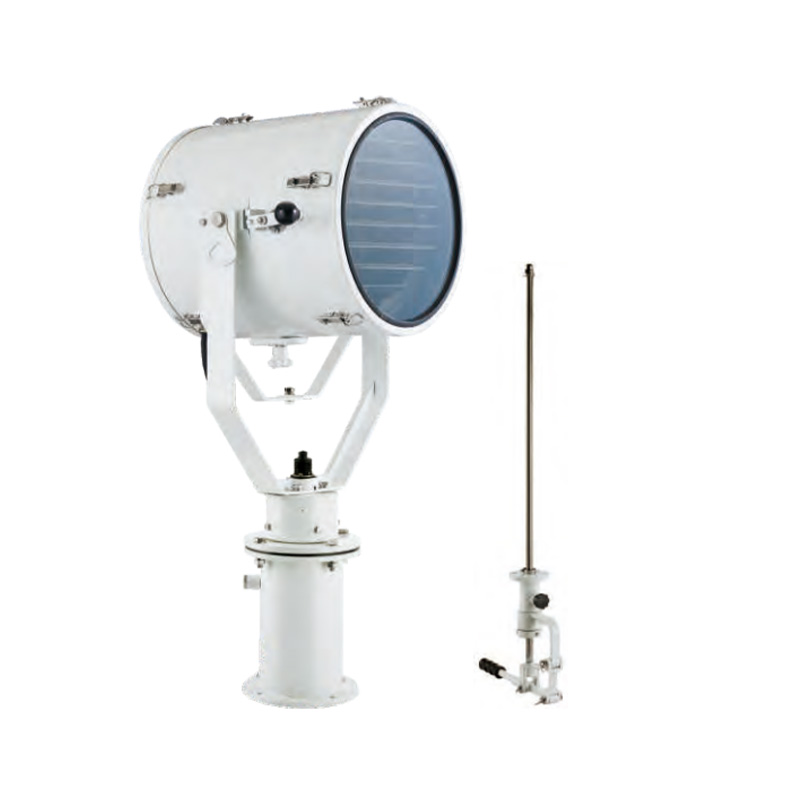
The Essential Role of Automation in Modern Marine Searchlights
By incorporating advanced sensors, algorithms, and integrated systems, automated marine searchlights can perform complex tasks with minimal human intervention.
1. Enhanced Search and Rescue Operations
Automation has greatly improved the effectiveness of search and rescue missions at sea. Automated marine searchlights can incorporate tracking and detection technology to optimize the search process.
- Automatic Target Tracking: Modern searchlights equipped with automation can be integrated with radar and thermal imaging systems. This allows the searchlight to automatically follow moving objects or targets detected by the sensors, maintaining consistent illumination and enabling quick responses in search and rescue scenarios.
- Preset Search Patterns: Automated systems can execute predefined search patterns, covering a wider area with minimal operator input. This capability ensures systematic and thorough searches, which are crucial during emergency operations.
2. Improved Precision and Responsiveness
Automation in marine searchlights provides precise, responsive control, allowing them to adjust automatically to changes in environmental conditions and operational demands.
- Adaptive Beam Control: Automated systems can adjust the intensity and focus of the light beam based on ambient light conditions or user-defined settings. This ensures optimal illumination while minimizing glare or light pollution.
- Real-Time Adjustments: By integrating with vessel sensors and navigational tools, automated searchlights can respond in real-time to sudden changes in direction, speed, or weather conditions, maintaining effective visibility.
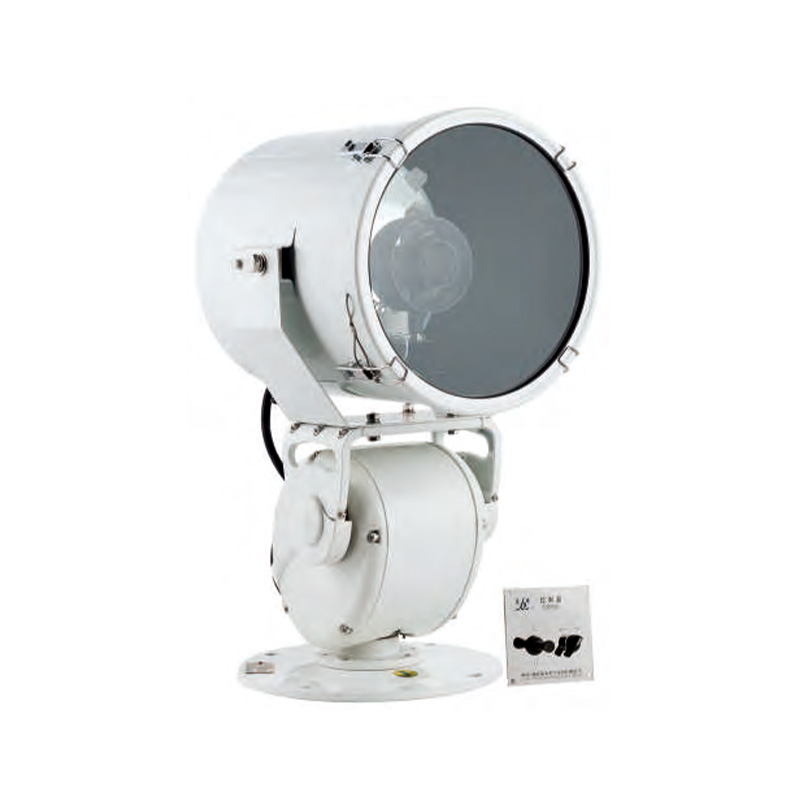
3. Energy Efficiency and Management
Energy management is a key consideration for vessels, especially during extended operations. Automation in searchlights contributes to energy efficiency by:
- Smart Brightness Adjustment: Automated LED marine searchlights can detect when full illumination is not needed and adjust the brightness accordingly, conserving power while maintaining functionality.
- Selective Illumination: Automation can be programmed to operate multiple searchlights in a coordinated manner, activating only those required for specific tasks and optimizing energy use across the vessel.
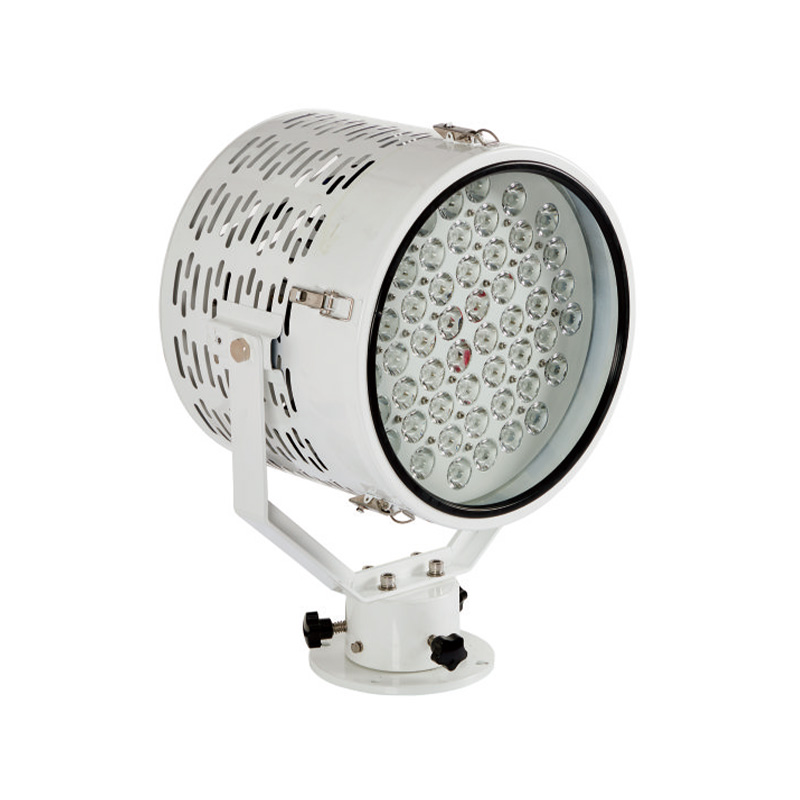
4. Seamless Integration with Vessel Systems
Automated marine searchlights are often designed to integrate smoothly with other onboard systems, enhancing their overall functionality and effectiveness.
- Synchronization with Navigation Systems: Automated marine searchlights can be linked to GPS and radar systems, enabling them to react to navigational data. For example, when a potential obstacle is detected on radar, the searchlight can automatically illuminate the area to confirm visual identification.
- Multi-System Coordination: Automation allows search lights to work in unison with other illumination and safety systems on the vessel, providing comprehensive coverage and support during complex operations such as night-time maneuvers or docking.
5. Reduction in Crew Workload
Automation reduces the need for manual adjustments and operation by the crew, freeing up personnel to focus on other critical tasks.
- Simplified Operation: Automated marine searchlight systems can be controlled with minimal user input, relying on pre-programmed behaviors and automated responses to sensor data.
- Remote Monitoring and Management: The combination of automation and remote control allows crew members to oversee searchlight operations from the bridge or a control room, reducing the need for physical presence on deck and enhancing overall safety.
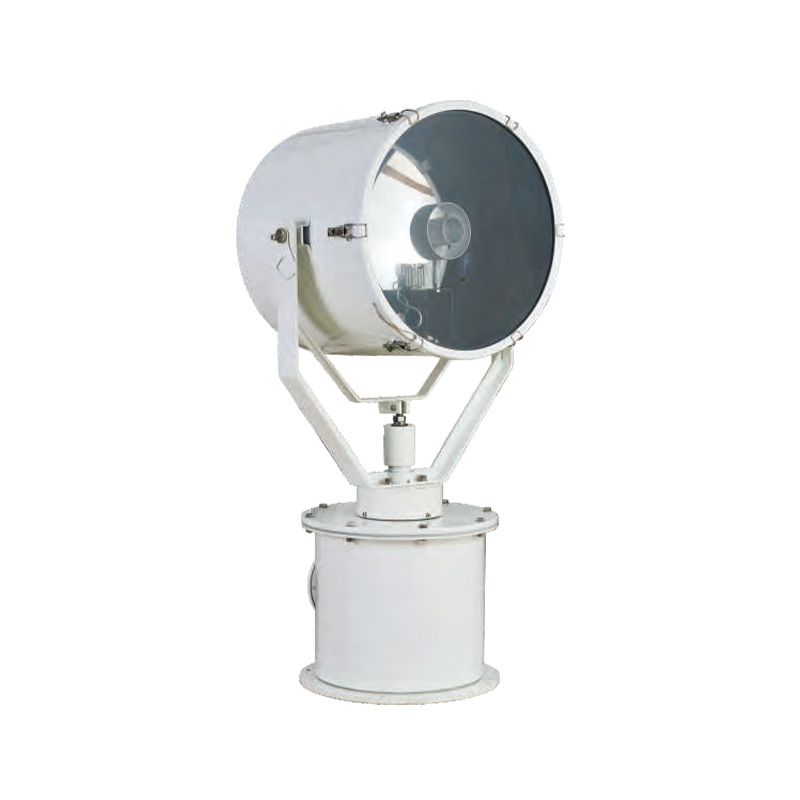
6. Increased Safety and Reliability
Automated marine search lights contribute to safety by ensuring that searchlights operate with consistency and reliability.
- Reduced Human Error: Automation minimizes the risk of operator errors that can occur in high-pressure situations, such as during emergencies or poor weather conditions.
- Continuous Monitoring: Automated search light systems can self-monitor and alert crew members to potential malfunctions or required maintenance, ensuring that searchlights are always ready for critical use.
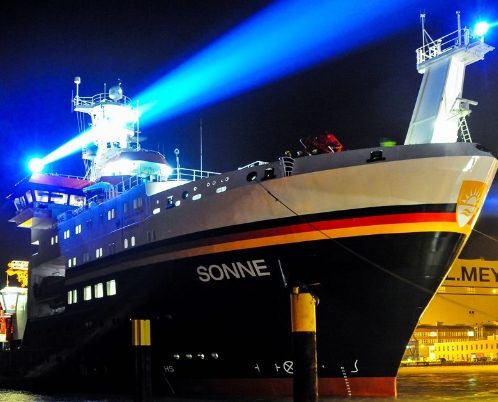
Challenges and Future Directions in Remote-controlled and Automated Marine Searchlights
These challenges and future directions highlight the current limitations in the field and suggest pathways for innovation and improvement to advance the effectiveness of remote-controlled and automated marine search lights.
| Aspect | Challenges | Future Directions |
| Technology Integration | Ensuring compatibility with various onboard navigation and sensor systems. | Development of standardized protocols for seamless integration. |
| Energy Management | High power consumption during prolonged use. | Incorporation of energy-efficient LEDs and smart power regulation systems. |
| Environmental Conditions | Performance under harsh weather such as fog, rain, and high winds. | Advanced weather-adaptive sensors and AI algorithms for auto-adjustments. |
| Initial Costs | High initial costs for installation and technology upgrades. | Use of modular, scalable systems to allow incremental upgrades. |
| Maintenance | Complexity in servicing automated and remote systems. | Implementation of predictive maintenance through AI-driven monitoring tools. |
| Operator Training | Need for specialized training to manage complex automated systems. | Development of intuitive, user-friendly interfaces and comprehensive training modules. |
| Cybersecurity | Risk of unauthorized access or hacking of automated systems. | Enhanced cybersecurity measures and encrypted communication protocols. |
| AI and Automation Limits | Dependence on AI may lead to challenges in handling unforeseen scenarios. | Hybrid systems that combine automated capabilities with manual override options. |
| Range and Responsiveness | Limited range of remote control under certain conditions. | Adoption of long-range wireless communication and satellite connectivity. |
| Durability | Ensuring the longevity of automated systems in maritime environments. | Use of corrosion-resistant materials and reinforced protective casings. |
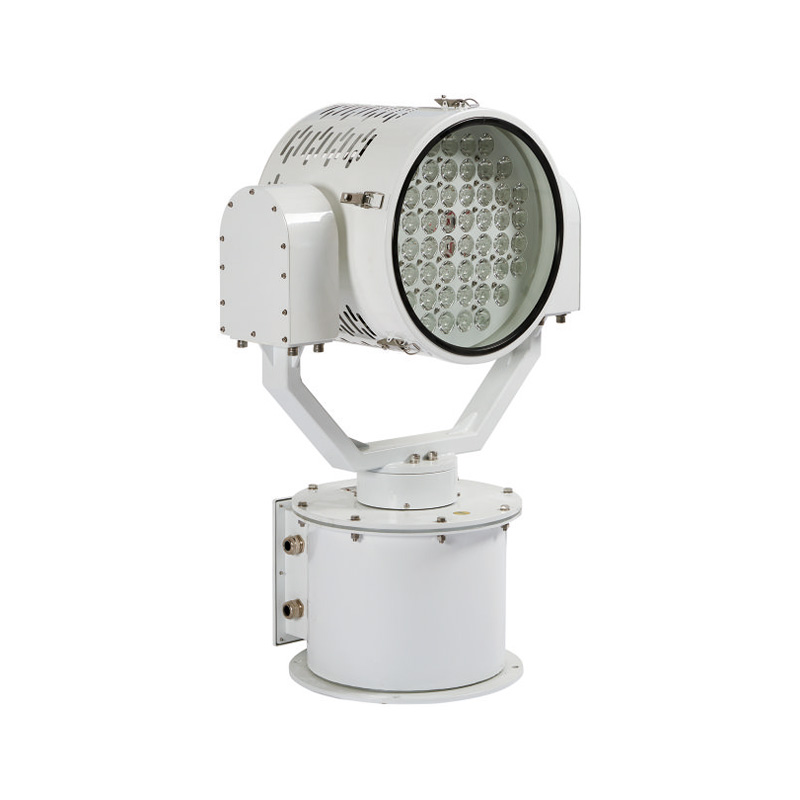
To sum up, remote control and automation in marine searchlights represent significant strides in modern marine lighting technology. These advancements have improved safety, efficiency and performance in maritime operations, making them indispensable in navigation and search efforts.
